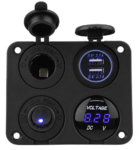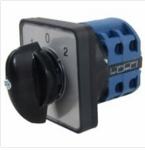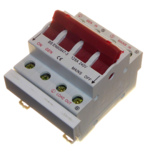Trotter
Full Member
- Messages
- 3,940
I’m putting an inverter into the van, primarily to charge the electric bike battery. It seemed pointless to just put one in just big enough, so I’ll go 1500 / 3000. That way I’ll be able to boil a low wattage kettle, power laptop, phones and odds and ends. If there’s sunshine, along with my 270ah of battery,that should be feasible.
What I’d like to achieve is to use the existing 240 outlets in the van. This hopefully would, 1, save having to have extension leads lying about, I will fall over these. And 2, save routing new sockets into the van.
I reckon it would be possible to interrupt the 240 cable, somewhere near the consumer unit using an on/off/on switch. On1= Ehu and On2, inverter power. The off being, off. Lol.
Anyone fancy putting their thinking heads on?
Thanks in advance.
What I’d like to achieve is to use the existing 240 outlets in the van. This hopefully would, 1, save having to have extension leads lying about, I will fall over these. And 2, save routing new sockets into the van.
I reckon it would be possible to interrupt the 240 cable, somewhere near the consumer unit using an on/off/on switch. On1= Ehu and On2, inverter power. The off being, off. Lol.
Anyone fancy putting their thinking heads on?
Thanks in advance.



